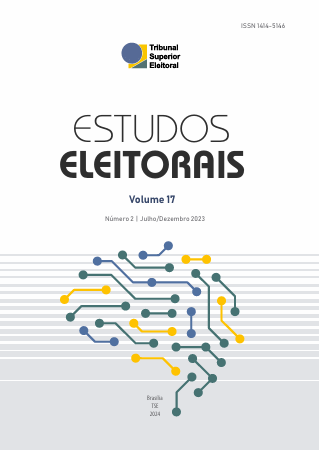Abstract
This work aims to study the quadratic voting system, in addition to presenting the experience with this voting style in Gramado (RS), a small city in south of Brazil. It also exposes research conducted with quadratic voting, both for Brazilian presidential elections and for general themes in everyday politics. To produce this study, a bibliographical analysis of the book Radical Markets, proposed by Eric Posner and Glen Weyl, was carried out, along with an interview with Bruno Colleto, one of the creators who implemented the educational exercise with quadratic voting in the Municipal Chamber of Gramado (RS). Additionally, a comparative research was conducted, comparing the practical results of a majority-wins vote (majoritarian voting) with quadratic voting. Quadratic voting has shown itself, initially, as one of the modernizations to be made in the electoral legal framework to address democratic erosion and bring voters closer to political decisions in an environment of conciliation and dialogue. In this work, it was possible to understand in-depth how
quadratic voting works, where, how, and in what way it can be implemented. The research illustrates the benefits that the model of quadratic voting brings, such as promoting dialogue, breaking polarization, establishing consensus, enabling voter reconciliation with defeat, and preventing the tyranny of the majority.

This work is licensed under a Creative Commons Attribution 4.0 International License.
Copyright (c) 2024 Electoral Studies

